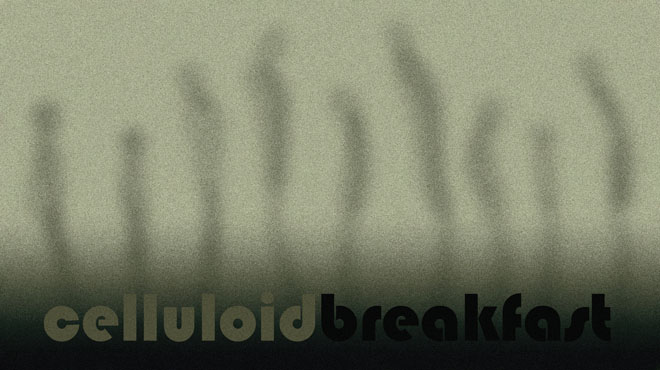Japanese director Kinji Fukasaku is best known in the West for bringing us Battle Royale, a terrific and entertaining exercise in mindless violence, and actually his penultimate film of sixty-four. A quick trawl through his filmography succinctly demonstrates the huge learning curve he has had to go through, and while not all of them are stinkers (Battles Without Honour And Humanity is a classic), it appears he put most of his effort into the titles – Japan Organised Crime Boss, Vigilante With A Funky Hat, Blackmail Is My Business. The Green Slime goes by some pretty lengthy aliases, but its original title sums it up the best. The story is straight from the driveway triple-feature back catalogue: an asteroid is heading for Earth, and a team of clueless astronauts has been dispatched to land – LAND – on the asteroid to blow it up. Only problem is, one of the astronauts has inadvertently returned with some extraterrestrial slime on his leg, allowing alien creatures to take over the planet in a revolting fracas.
It’s all so uproariously ludicrous that it just about works. The acting is, predictably, world-class – how any of the cast picked up roles after this is a mystery. The creatures defy explanation, mixing parts from an octopus, a spider, an elephant and a pine cone. To its credit, buckets of effort (and slime) have been put into the set design, and it shows. The camerawork is pretty reasonable, too. And who could resist the funky, synthy opening theme (posted below)?
The Green Slime theme (WARNING: EXTRA FUNKY)









